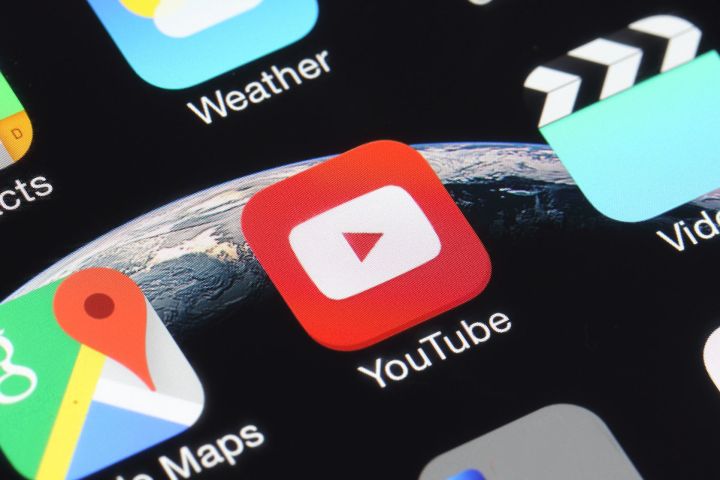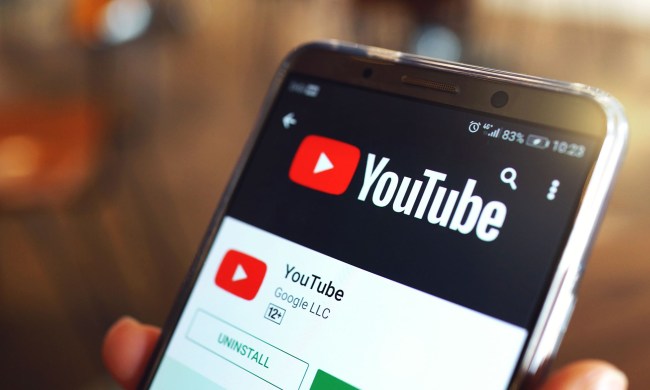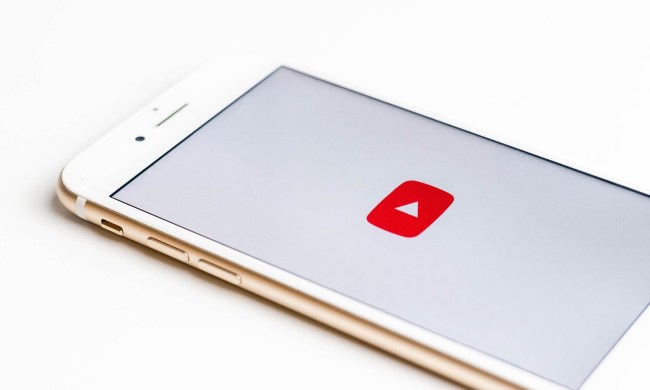
YouTube came under fire from brands on multiple occasions last year when their ads showed up alongside extreme video content widely considered as unfit for the popular streaming site.
Keen not to scare off big-name companies paying considerable sums of money to advertise on the site, YouTube said it’s implementing a new threshold for its Partner Program that will “significantly improve our ability to identify creators who contribute positively to the community,” thereby reducing the chances of offensive content running with ads.
The new rules mean that only channels with more than 1,000 subscribers or 4,000 watch hours in the last 12 months will be able to make cash through the Partner Program.
Up to now, creators only needed a total of 10,000 views on their videos to join YouTube’s revenue-sharing program, but the company claims that that threshold failed to surface spammers, impersonators, and other “bad actors.”
The new threshold will also affect existing channels from February 20, 2018, so any creators with a channel that is currently making money from ads but has fewer than 1,000 subscribers or 4,000 watch hours in the last 12 months will lose their revenue stream until their stats meet the requirements.
In a blog post, YouTube admitted the changes will affect “a significant number of channels,” but added that “99 percent of those affected were making less than $100 per year in the last year, with 90 percent earning less than $2.50 in the last month.”
Star vloggers also affected
The issue of offensive creator content continues to bug the company, with one of YouTube’s most popular vloggers, Logan Paul, causing controversy at the end of 2017 with a video that appeared to show a suicide victim in Japan.
Partly in response to Logan’s blunder, YouTube YouTube said on Tuesday, January 16, it would start using human reviewers to assess the suitability of popular channels for Google Preferred, the elite ads program available to YouTube’s top creators. Videos on such channels will also be scrutinized more closely to ensure the safety of the content.
The refreshed approach should enable YouTube to focus more resources on fewer videos, reducing the chances of getting in a tangle with brands angry about their ads showing up alongside unsuitable content. The company acknowledged that “size alone” is not enough to adequately determine if a channel is suitable for monetization, promising it will carry on using signals such as community strikes, spam, and other abuse flags to highlight unsuitable content.


